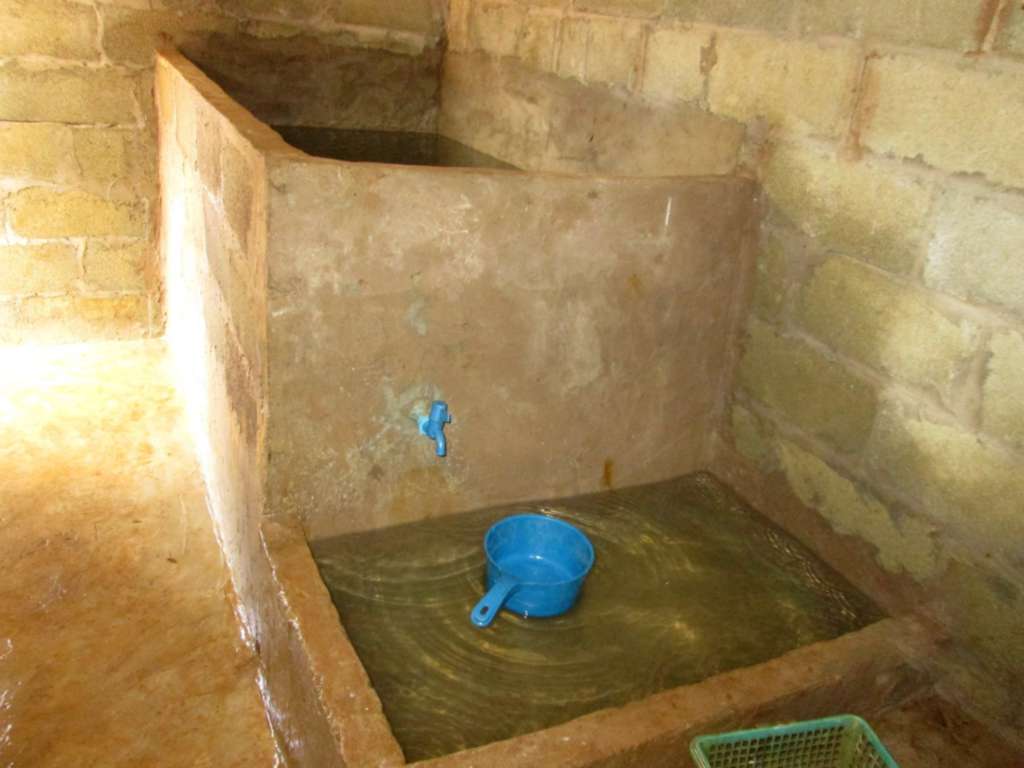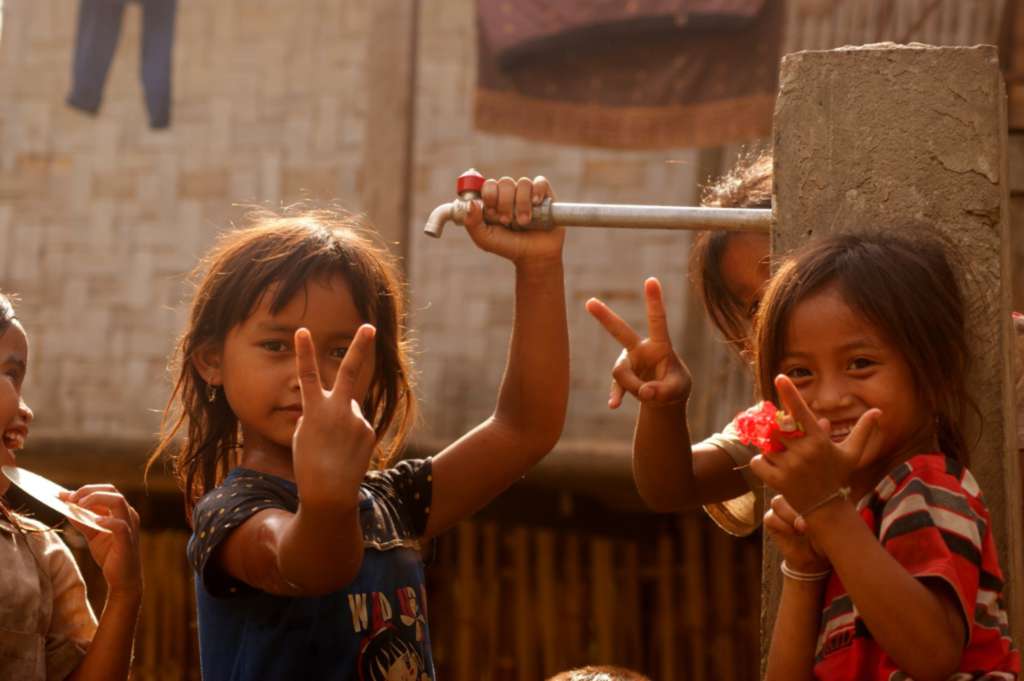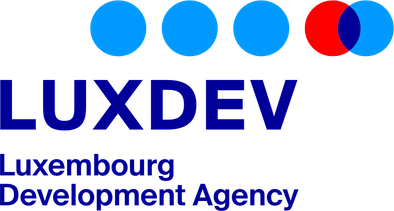Laos - Turning capital into pro-poor results: building a convincing case for direct financing of village level entities
Luxembourg Development Cooperation project LAO/026 Technical Assistance to the Soum Son Seun Jai (SSSJ) Programme in Sayabouly province commenced in early January 2013. This three-year Luxembourg co-financing project of 1.7 million EUR supports the provision of technical assistance (TA) to the 15 M USD SSSJ programme funded by the International Fund for Agricultural Development (IFAD). The project has entered its final year of implementation. During this last year some deliberate changes have been realized with regards to the project’s operational mode.
The major change has been the reallocation of the project budget to support the introduction of innovative financing and implementation modalities into the Programme. This is achieved through the signing of Delegation Agreements for Funds and Implementation with community level entities. In this regard, a total of 25 Delegation Agreements were signed, financing nearly100 prioritized activities worth 300 000 EUR in total, wherein 200 000 EUR are being earmarked to support 15 Community Development Funds and another 100 000 EUR support activity plans of ten selected Agricultural Producer Groups. While the budget contracted to Community Development Funds merely finance village level infrastructure such as sanitation or school facilities, the Agricultural Producer Groups have allocated their investment partly towards productive activities like the purchase of agro-processing equipment.
The signing of Delegation Agreements for Funds and Implementation with community level entities within project LAO/026 has triggered a tremendous burst of activities. Partnering communities enthusiastically started implementing community plans and collective investments ranging from building schools and sanitation facilities to processing of wild tea or collective pig-raising. The usually rather quiet villages are buzzing with activities; village meetings are held to discuss designs and budgets, labour is mobilized and local materials collected while construction of village infrastructure is on-going at a pace unknown and unseen before.
Most agreements became effective in June 2015, and per end of October, four months on the road, half of the planned activities are under implementation and/or being finalized already. Consequently, of the 300 000 EUR worth of planned investments, the depletion rate accounts for 50%.
Four months into implementation, the bare physical sight of villages has changed dramatically. with the appearance of sanitation facilities, running water, storage houses, flood protection works, which were all very much needed but never realized due to the lack of funds. Even more important, the spirit of villagers have taken a turn; villagers express confidence and satisfaction about their activities and the positive changes happening in their village; everybody is extremely proud to be the leading force behind all this action. In fact communities grabbed the offered opportunity with both hands and changed from passive receivers of development support to active shapers and owners of their village’s development. So far this has been a successful example of putting funds into action directly at village level whilst benefitting the most disadvantaged.

Being in charge means that villagers are fully responsible for planning, calculating and administrating collective investments. Enabling this required substantial training input and on-the-job coaching by the project advisors.

The Village Development Committee of the ethnic Khamu village Hoyka in Pak Beng District received 13 350 EUR for the construction of sanitation, erosion control works and a village meeting hall. 8 weeks after having received the money the village has for the first time in its history complete coverage of sanitation facilities, while the erosion control works have last month prevented the otherwise yearly flooding of the village. The community-meeting hall is under construction. While the project has made available the financing for the external materials for the construction like cement, ceramic sanitation and roofing, villagers have contributed through their labour input and provision of local materials.
 The Pig Producer Group in the ethnic Lanten village Paknamthong received 8 989 EUR for the purchase of a fodder mill and construction of housing for the mill and the construction of collective pigpens. The high labour input has been the main obstacle for scaling their pig fattening business. Through collective fattening, meaning the physical construction of collective pigpens and more importantly the development of a collective system of rotating labour input, group members are now able to expand their business substantially. While the project financed the materials for the construction of the pigpens and the purchase of the fodder mill, villagers have contributed equally through their labour input, provision of local materials and stocking the pens with piglets.
The Pig Producer Group in the ethnic Lanten village Paknamthong received 8 989 EUR for the purchase of a fodder mill and construction of housing for the mill and the construction of collective pigpens. The high labour input has been the main obstacle for scaling their pig fattening business. Through collective fattening, meaning the physical construction of collective pigpens and more importantly the development of a collective system of rotating labour input, group members are now able to expand their business substantially. While the project financed the materials for the construction of the pigpens and the purchase of the fodder mill, villagers have contributed equally through their labour input, provision of local materials and stocking the pens with piglets.



 Investment by the project: 3 000 EUR, additional investment by the village (material and labour) 2 600 EUR. Household level sanitation facilities were costed at 70 EUR per household.
Investment by the project: 3 000 EUR, additional investment by the village (material and labour) 2 600 EUR. Household level sanitation facilities were costed at 70 EUR per household.
“For the first time in the history of our village we now have access to running water and the best thing: we did it ourselves”: statement by the Head of Village Poutouy, Saysathan District – Sayabouly Province.
↑ To the top
